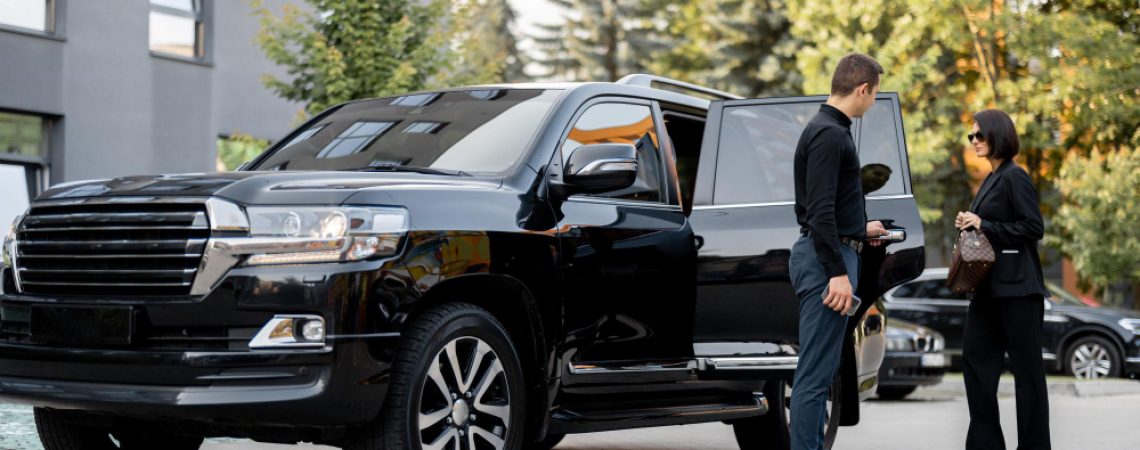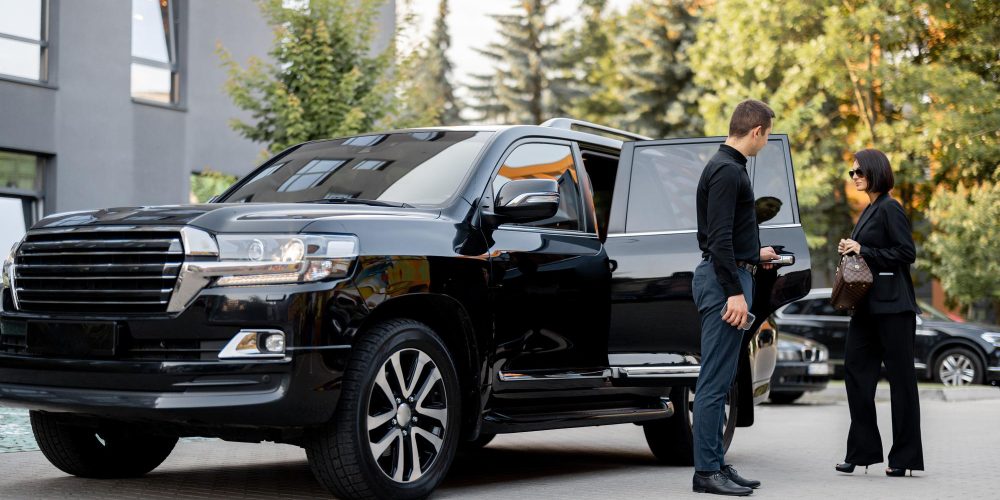
If you’re considering a career as a limousine driver in New York, one of the first questions you might have is, “Do you need a CDL to drive a limo?” The answer depends on the vehicle’s passenger capacity, New York State regulations, and local rules, particularly in New York City. This guide breaks down the licensing requirements, including when a Commercial Driver’s License (CDL) is necessary, and provides essential information to ensure compliance with state and local regulations.
Understanding CDL Requirements for Limousines
A Commercial Driver’s License (CDL) is required for operating certain commercial motor vehicles (CMVs) in New York, as defined by federal and state regulations. A CMV typically includes vehicles with a gross vehicle weight (GVW) or gross combined vehicle weight (GCVW) exceeding 26,001 pounds or those designed to transport a specific number of passengers.
When Is a CDL Required for a Limo?
- 16 or More Passengers: If the limousine is designed to carry 16 or more passengers (including the driver), a CDL with a Passenger (P) endorsement is mandatory. This applies to larger vehicles, such as stretch limos or party buses, and aligns with federal regulations for CMVs. The CDL process involves:
- A written knowledge test specific to passenger vehicles.
- A road skills test in a vehicle similar to the one you’ll operate.
- A medical examination to ensure driver fitness, as health conditions can increase accident risks by up to 33%.
- 15 or Fewer Passengers: For limos carrying 15 or fewer passengers (including the driver), a CDL may not be required under federal CMV rules based solely on passenger count. However, New York State and local regulations often impose additional licensing requirements.
New York State Licensing for Limo Drivers
In New York, driving a limousine typically requires more than a standard Class D driver’s license. Here’s what you need to know:
- Class E License: For limousines carrying fewer than 9 passengers (including the driver), a Class E license is required. This license is designed for for-hire vehicles like taxis and limos. To obtain it:
- You must be at least 18 years old.
- Surrender your Class D license at a DMV office.
- Complete Form MV-44 and pay a fee (approximately $30, depending on your license expiration).
- No additional written or road tests are needed if you already hold a Class D license.
- CDL with Passenger Endorsement: As mentioned, this is required for limos with a capacity of 16 or more passengers. For vehicles with 9–15 passengers, requirements vary, but a Class E license is often sufficient unless the vehicle’s weight exceeds 26,001 pounds.
New York City’s TLC Requirements
If you plan to drive a limousine in New York City, the NYC Taxi and Limousine Commission (TLC) imposes additional regulations. The TLC oversees all for-hire vehicles (FHVs), including limousines, taxis, and app-based ride-sharing services like Uber and Lyft. A TLC Driver License is mandatory, regardless of whether a CDL is required. Here’s the process:
- Eligibility: You need a valid Class D, Class E, or CDL license, a clean driving record, and at least 1–3 years of driving experience, depending on the vehicle.
- Application Steps:
- Complete a 6–8 hour TLC-approved defensive driving course.
- Pass a written exam on NYC traffic laws and FHV regulations.
- Undergo a medical exam, drug test, and fingerprint-based background check.
- Pay fees (approximately $75–$100) and renew the license every 3 years.
- Vehicle Requirements: The limousine must have a valid FHV license, commercial insurance (minimum $100,000–$300,000 liability), and pass annual safety inspections by the New York State Department of Transportation (NYSDOT).
The TLC’s stringent requirements reflect the city’s commitment to public safety, especially given the rise of FHVs due to app-based services, which has increased traffic and safety concerns in areas like Manhattan.
Why Are These Regulations So Strict?
The rigorous licensing standards for limousine drivers are designed to protect passengers and reduce risks on the road. Key reasons include:
- Safety Risks: Commercial drivers face a higher risk of fatal and serious injury crashes compared to non-commercial drivers. Conditions like Sleep-Disordered Breathing (SDB), which causes Excessive Daytime Sleepiness (EDS), can more than double crash risk. Regular medical screenings help identify and mitigate such risks.
- Public Safety: The CDL and TLC licensing processes ensure drivers have the skills, health, and emotional intelligence to handle the demands of commercial driving. Emotional intelligence is a key factor, as it can predict dangerous driving behaviors.
- Urban Challenges: In densely populated areas like Manhattan, where TLC taxi zones regulate for-hire services, proper licensing helps manage traffic congestion, emissions, and safety.
Additional Considerations for Limo Drivers
Beyond licensing, limo drivers in New York should be aware of:
- Training: Many employers require customer service training, knowledge of local routes, and sometimes CPR/first aid certification.
- Inspections and Insurance: Limos must undergo annual NYSDOT safety inspections and carry adequate commercial insurance.
- Penalties for Non-Compliance: Driving without the proper license can lead to fines up to $1,000, vehicle impoundment, or license suspension.
Our NYC Car Service holds rigorous training sessions for our chauffeurs to ensure safety and credibility on the road. Our chauffeur service is known for its experienced and certified chauffeurs with an outstanding customer satisfaction rate, making it one of the top car service providers in NYC.
How to Ensure Compliance
To drive a limousine legally in New York, follow these steps:
- Determine Vehicle Capacity: Check if the limo carries 16 or more passengers (CDL required) or fewer (Class E or TLC license may suffice).
- Contact the DMV: Visit the New York State DMV website to apply for a Class E license or CDL with Passenger endorsement.
- Check Local Regulations: If operating in NYC, apply for a TLC Driver License via the NYC TLC website.
- Stay Updated: Regulations can change, especially with the evolving landscape of for-hire services. Regularly check with the DMV and TLC for updates.
Conclusion
Driving a limousine in New York requires careful attention to licensing requirements, which vary based on passenger capacity and location. A CDL with a Passenger endorsement is necessary for limos carrying 16 or more passengers, while a Class E license or TLC Driver License may suffice for smaller vehicles, especially in NYC. These regulations ensure drivers are equipped to handle the responsibilities of commercial driving, prioritizing passenger safety and public welfare. Always verify specific requirements with the New York State DMV and, if applicable, the NYC TLC to stay compliant and avoid penalties.










